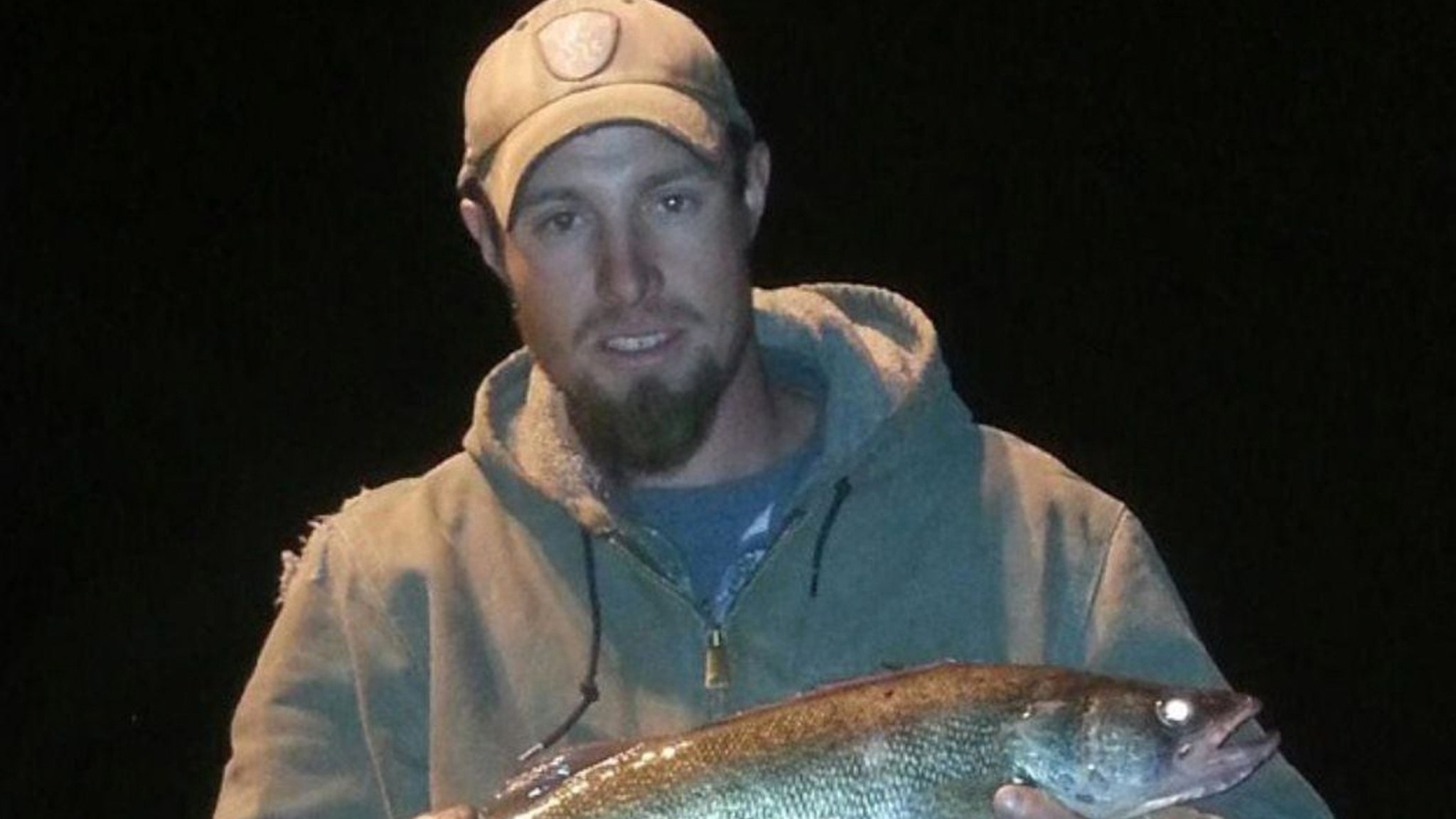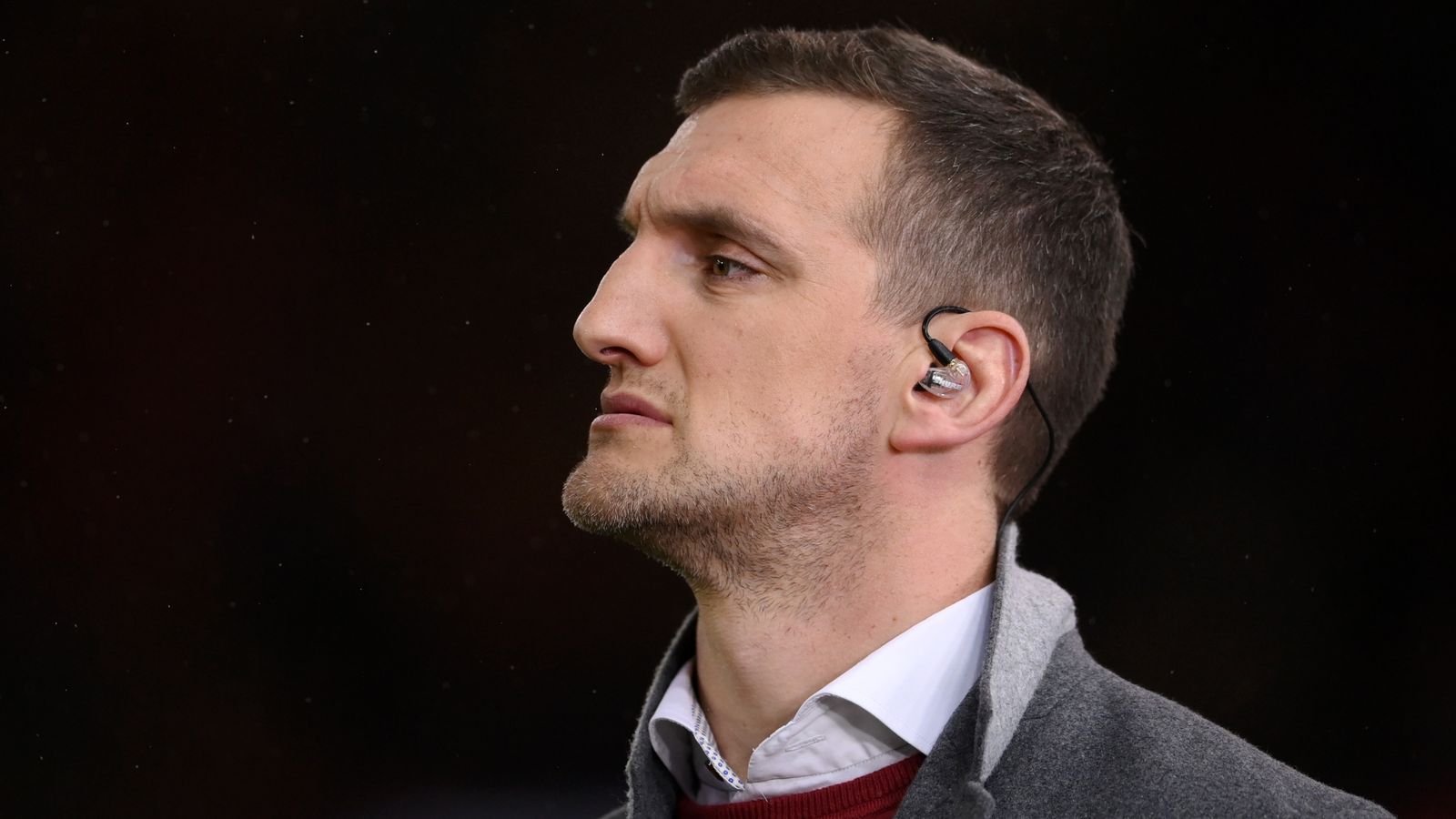Welcome to Commentary Commentary, where we sit and listen to filmmakers talk about their work, then share the most interesting parts. In this edition, Rob Hunter revisits Wes Craven’s airplane thriller, Red Eye.
We Craven passed away in 2015, but he left behind a filmography that showed him to be a dominant name in horror from the 70s through the 90s. Things slowed down some in the new millenium, but he still squeaked out a few bangers. In addition to being a memorable filmmaker, Craven also gave fantastic commentary tracks for the likes of Swamp Thing, Scream, and Scream 4.
He also recorded a track for his very first thriller — his own genre designation, and something he was clearly very happy with — and it’s once again a strong track for fans of both the director and the movie. Keep reading to see what we heard on Wes Craven’s commentary for Red Eye.
Red Eye (2005)
Commentators: Wes Craven (director), Marianne Maddalena (producer), Patrick Lussier (editor)
1. Craven mentions that they considered having a plane fly through the Dreamworks logo clouds, “but we thought that was already done in Airplane!“
2. This was Carl Ellsworth‘s first script, and he followed it up with Disturbia (2007), The Last House on the Left (2009), Red Dawn (2012), and Unhinged (2020). He’s currently attached to write Gremlins 3 as well.
3. The film was shot in Miami, Los Angeles, and numerous soundstages, and they also filmed at LAX, Ontario International Airport outside LA, and Miami International Airport.
4. The bitchy customer is played by Terry Press, the then head of marketing at Dreamworks.
5. They cast Brian Cox after seeing him in The Bourne Supremacy (2004) “where he was at least sixty pounds heavier and [with] white hair.” He arrived on set, though, having lost a lot of weight and with dyed red hair for a play he was doing in Scotland.
6. The iced coffee that knocks into Rachel McAdams wasn’t supposed to actually spill on her to that extent, but it worked, so they kept it.
7. Craven saw this as his “first thriller,” and he mentions how preview audiences expecting something more horrific would ask for “more blood.” It’s a shame we lost him as he was clearly as at home with these lean thriller rides as he was with horror, and I would have loved to have seen more from him.
8. Ellsworth cameos at 14:22 as the husband/father with the sleeping family.
9. They shot for six weeks aboard the mock passenger jet, a 767, from a company called Aero Hollywood. That included up to sixty extras who had to maintain their same outfits and couldn’t ever be absent.
10. Both McAdams and Cillian Murphy were Craven’s first choices for these roles.
11. The headbutt was the scariest moment on set for Craven. Both Murphy and McAdams were trained by the stunt team, but “if they miss you could have two actors with concussions.”
12. They built a lot of the Jackson (Murphy) character on the man’s attraction to Lisa (McAdams) and his realization that he’ll never have a woman like this in his life because he’s basically sold his soul as part of the career he’s chosen.
13. They share some laughs remembering how certain members of the press criticized technical mistakes with the airplanes — windows not matching from interior to exterior shots, the 767 having a 747 door when seen from outside, etc.
14. They knew they were in a race to beat Flightplan (2005) to theaters, so the time from inking the deal to delivering a director’s cut was only five and a half months. That is insane.
15. The Homeland Security honcho’s head bodyguard is played by Colby Donaldson who found his fifteen minutes of fame on two seasons of Survivor. “We cast a wide net when we cast,” adds Craven.
16. The scene where the Coast Guard boat searches the fisherman’s trawler was filmed in Miami, but it was apparently so called they had assistants hunting for mittens and scarves that just didn’t exist down there, The scene is also “cameo city” as the people on the boats are mostly film crew members.
17. The beat after landing where Lisa tells Jackson how she got the scar was added to the script on the day of filming. The closeups of McAdams’ eyes were lifted from footage shot between takes. “It’s a shot where she’s actually asking Wes if she should run through the dialogue from the top.” Lussier found it and thought it was perfect.
18. The film aimed for a PG-13 from the start, and Craven was surprised that the MPAA didn’t give them any grief for the pen in the throat sequence.
19. The bad guys on the boat weren’t originally Russians, but “certain people weren’t comfortable with Americans killing Americans.”
20. When Craven pitched the studio on directing the film he brought a few tweaks to the script. One of them involved bringing Jackson to Lisa’s home turf where suddenly he’s the one out of his element. The original script set the scene at her father’s new place that she didn’t know at all, so Craven changed it to the home where she grew up.
21. They shot two extra days on their own dime to help make the end sequence at dad’s house more elaborate. The studio eventually stepped up and paid them back.
22. The ending was part of three days of reshoots as they knew that they needed a scene of Lisa and Cynthia (Jayma Mays) together after everything.
23. The first cut (without end credits) timed out around seventy-two minutes. They buffed it up some with the reshoots, but as they got no complaints from test audiences about it being too short they knew there was no need to artificially lengthen it further. “We just have a very long credits sequence at the end.”
Best in Context-Free Commentary
“You’re a brilliant director.”
“The guys go from ooh to oh, and the women go uh-uh.”
“It’s important that she never appears stupid.”
“This is where his eyes just go dead.”
“BMW should have given us all free cars.”
“She had a lot of bruises after this scene.”
“These are all just civilians who didn’t know they were being filmed.”
“I’m a director who sometimes does naughty things with continuity.”
“It was one of those pictures that was charmed.”
Final Thoughts
Red Eye remains a tight, wonderfully efficient thriller, and it’s a genre that Craven unsurprisingly excelled at. His happiness with the film is clear, and from the sound of it he was excited to make more thrillers in the years that followed. It’s sad that he never got that chance, but at least we can revisit and celebrate the films he did gift us. His commentary is as informative, personal, and complimentary as always, and it’s a good listen for fans of the man and the film.
Read more Commentary Commentary from the archives.
Related Topics: Commentary Commentary, Wes Craven
Recommended Reading
















